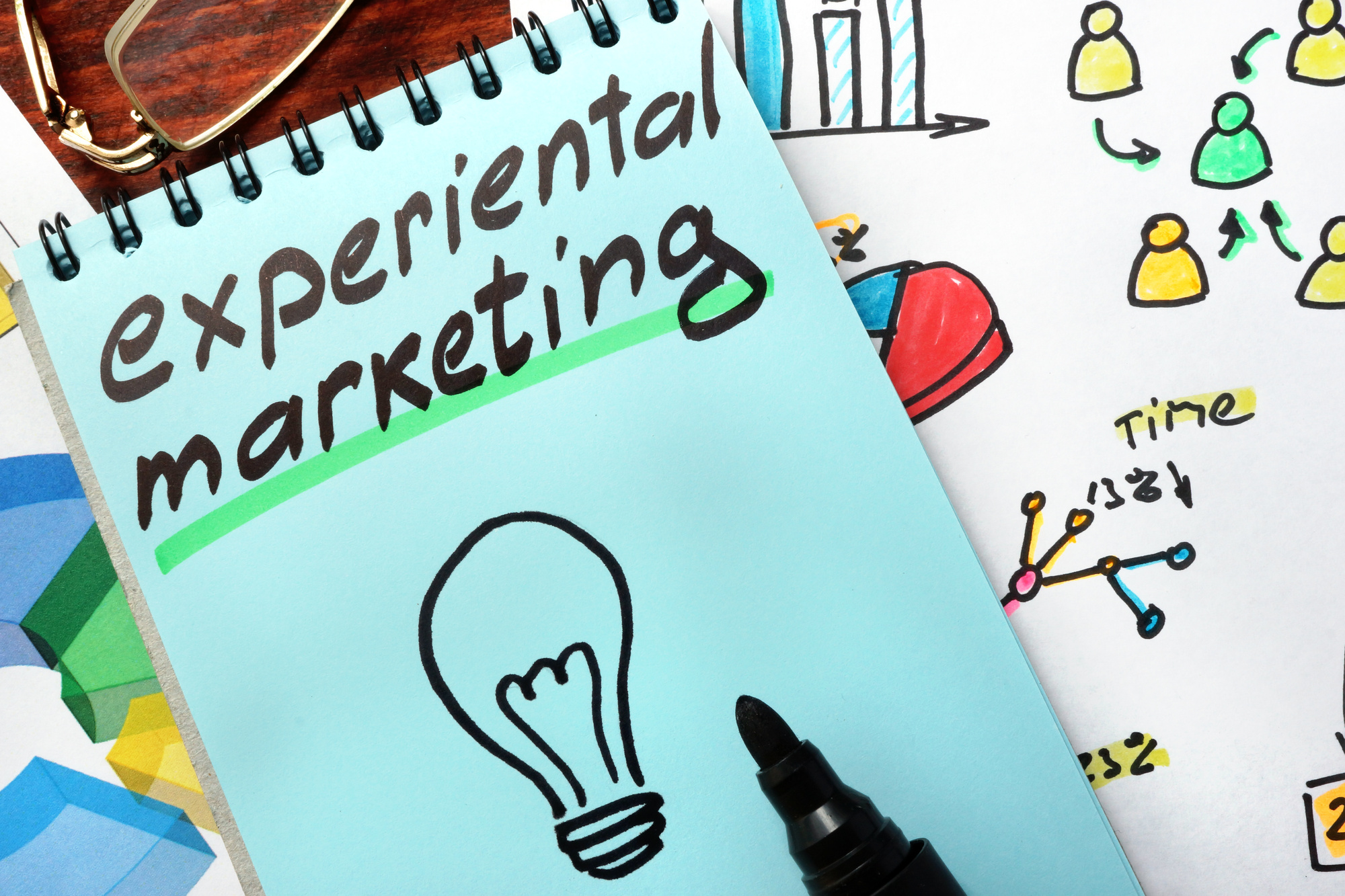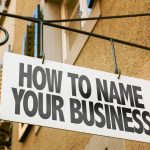How Does Experiential Marketing Work: Experiential Marketing Examples
Your average customer sees 10,000 ads a day. And they’re starting to tune them out. In fact, they are actually paying money to remove ads from their mobile apps.
The last thing they want is one more company begging for their attention through one-way ads. This is equal to panhandling on a street corner. If one-way communication is your only marketing strategy, consider an alternative.
Experiential marketing is that alternative. Experiential marketing gives customers a fun, interactive way to engage with your brand. And it’s becoming far more effective than traditional, one-way marketing strategies.
Below, we’ll explain how this works and show you some experiential marketing examples. Read on to learn more.
What is Experiential Marketing?
Experiential marketing is what it sounds like: marketing that customers experience. It’s marketing that customers interact with instead of seeing or hearing it. Unlike other marketing techniques, it depends on active customer engagement.
With experiential marketing, customers get to choose how they want to engage.
Other marketing strategies try to push customers into doing what they’re told. Experiential marketing gives them more freedom and control. This leads to an enjoyable customer experience, greater customer satisfaction, and increased sales.
Below we have some examples of experiential marketing to illustrate how this works.
Low-Key Experiential Marketing Examples
There are two popular types of experiential marketing. These include interactive promotional events and sampling. Maybelline, for instance, drove around in a Lamborghini handing out 500 mascara tubes.
Another example, Costco, has used experiential marketing on a regular basis for years. Every day, Costco samples delicious products to all their customers. It gets customers hooked or helps them find dinner options their whole family enjoys.
The marketing is in the customer’s hands because it’s their choice to sample and to buy if they like it. Some customers bring their kids to Costco to try the daily samples. Then they end up walking out with a product their picky kids enjoyed.
Other companies host events with contests, promotional giveaways, even dunk tanks! Experiential marketing is the fun way to get customers engaged with your company.
Top Shelf Experiential Marketing Examples
There’s also a high-roller side of experiential marketing. Some companies advertise their brand at live-audience TV show recordings and celebrity-hosted events. One experiential marketing agency is Mouse Marketing Inc.
They helped a bread company advertise on-air with Gordon Ramsay on Hell’s Kitchen. Afterward, they got experiential and engaged with the studio audience backstage.
They organized 40 art, fashion and entertainment events for a wine company. The events featured blind wine tasting and they got Stephen Tyler to host. Their website is a great resource to discover more experiential marketing examples.
Other excellent examples of high-class experiential marketing are Disney and Universal. They turned their brand into theme parks on each coast of America. Their experiential marketing is so enjoyable, customers actually pay thousands to experience it!
Give Customers an Experience to Remember
These experiential marketing examples show a better way to reach customers. Consider how you can add experiential marketing to your strategy. Customers will stop ignoring your advertising and start lining up for it.
Are you searching for more creative marketing ideas? If so, see 7 Packaging and Design Tips That Will Increase Your Sales. Or check out Boosting Your Business with Branded Merchandise.



